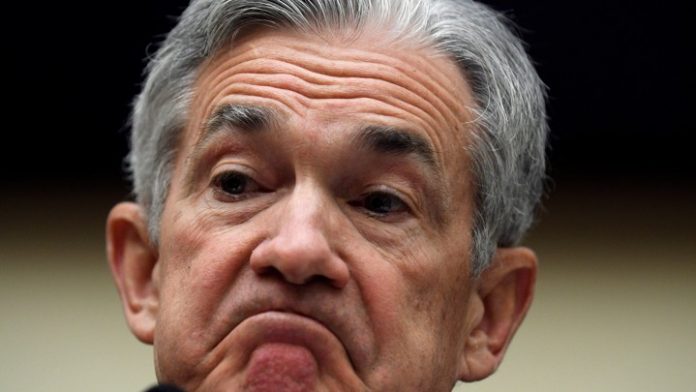Stocks traded flat today to finish off another down week for the market. The Dow, S&P, and Nasdaq Composite chopped sideways for most of the session before edging slightly higher through noon.
Prior to the open, though, a hotter-than-expected inflation reading threatened to plunge equities lower. The Fed’s preferred gauge of inflation, the core personal consumption expenditures (PCE) price index, rose by 4.7% year-over-year (YoY) in November vs. +4.6% expected by economists.
“Today, investors have to contend with a weaker-than-expected reading for durable orders that was offset by a softer-than-expected reading for the November PCE,” explained CFRA Research strategist Sam Stovall.
“A pre-holiday trading day could be more volatile than normal, due to the light trading volume, which should carry over into the holiday-shortened week between Christmas and New Year’s.”
Overall, the PCE reading ended up skewing slightly bullish in that it fell below the FOMC’s +4.8% YoY estimate (vs. 4.7% reported) from September. This could prompt comments from Fed officials that inflation is slowing faster than the Fed expected, which of course would drive stocks higher. But with the Fed still firmly entrenched in a “higher rates for longer” stance, it’s unlikely that any Fed presidents would intentionally shift dovish at this point in time even in the face of slowed growth.
“The Federal Reserve’s preferred measure of inflation continues to go down, which is good news for their most important objective, but unfortunately for the market, it is happening at the same time as consumers continue to reduce their spending,” said Independent Advisor Alliance Chief Investment Officer Chris Zaccarelli.
“At this point, the market has been backed into a corner, since more robust spending and higher growth is indirectly bad for the stock market (because it is likely to trigger an even stronger hawkish reaction from the Fed), while slower spending and growth is directly bad for the stock market, because it implies lower corporate earnings.”
We’ve mentioned in the past that the Fed is in a “damned if you do, damned if you don’t” situation. That grows increasingly true by the day.
Now, stocks find themselves wrapped up in a similar scenario as the recessionary crows come home to roost. So long as the Fed holds rates higher, virtually every new economic report could be received as bearish. The market wants earnings growth and low inflation.
They can’t have it both ways, though, as any progress on the growth front would imply higher inflation figures. Instead, investors are faced with the prospect of low growth and still high (albeit below peak) inflation. That’s the least desirable outcome with the Fed still lifting rates, but it’s also the most likely one for 2023.
Eventually, the Fed will cut rates. But when? Sometime next year? Or maybe 2024? No one knows for sure, and that’s limiting the market’s upside severely. The last time investors were faced with this much uncertainty was back during the early weeks of the Covid pandemic.
Then, the Fed stepped in with rate cuts and unprecedented levels of quantitative easing (QE) to save the day. These days, however, there will be no QE. And, if rate cuts do emerge, they won’t arrive for at least another six months.
That means the market’s continued state of confusion should persist, which history has shown to be the type of investing climate that’s prone to enduring major, multi-year bear markets.








